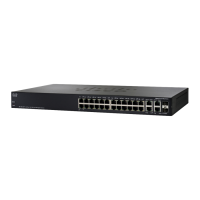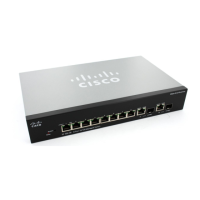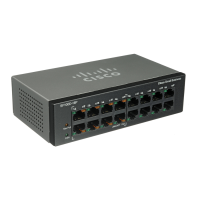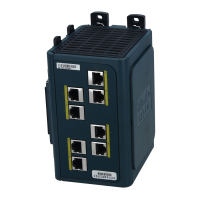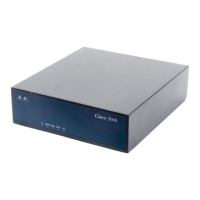Security
Configuring TCP/UDP Services
352 Cisco Small Business 200, 300 and 500 Series Managed Switch Administration Guide (Internal Version)
18
• Te l n e t —Disabled by factory default
• SSH—Disabled by factory default
The active TCP connections are also displayed in this window.
To configure TCP/UDP services:
STEP 1 Click Security > TCP/UDP Services.
STEP 2 Enable or disable the following TCP/UDP services on the displayed services.
• HTTP Service—Indicates whether the HTTP service is enabled or disabled.
• HTTPS Service—Indicates whether the HTTPS service is enabled or
disabled.
• SNMP Service—Indicates whether the SNMP service is enabled or
disabled.
• Te l n e t S e r v i c e —Indicates whether the Telnet service is enabled or disabled.
• SSH Service—Indicates whether the SSH server service is enabled or
disabled.
The TCP Service Table displays the following fields for each service:
• Service Name—Access method through which the device is offering the
TCP service.
• Type—IP protocol the service uses.
• Local IP Address—Local IP address through which the device is offering
the service.
• Local Port—Local TCP port through which the device is offering the service.
• Remote IP Address—IP address of the remote device that is requesting the
service.
• Remote Port—TCP port of the remote device that is requesting the service.
• State—Status of the service.
The UDP Services table displays the following information:
• Service Name—Access method through which the device is offering the
UDP service.
• Type—IP protocol the service uses.
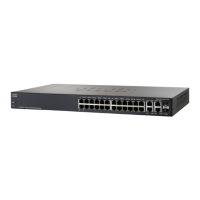
